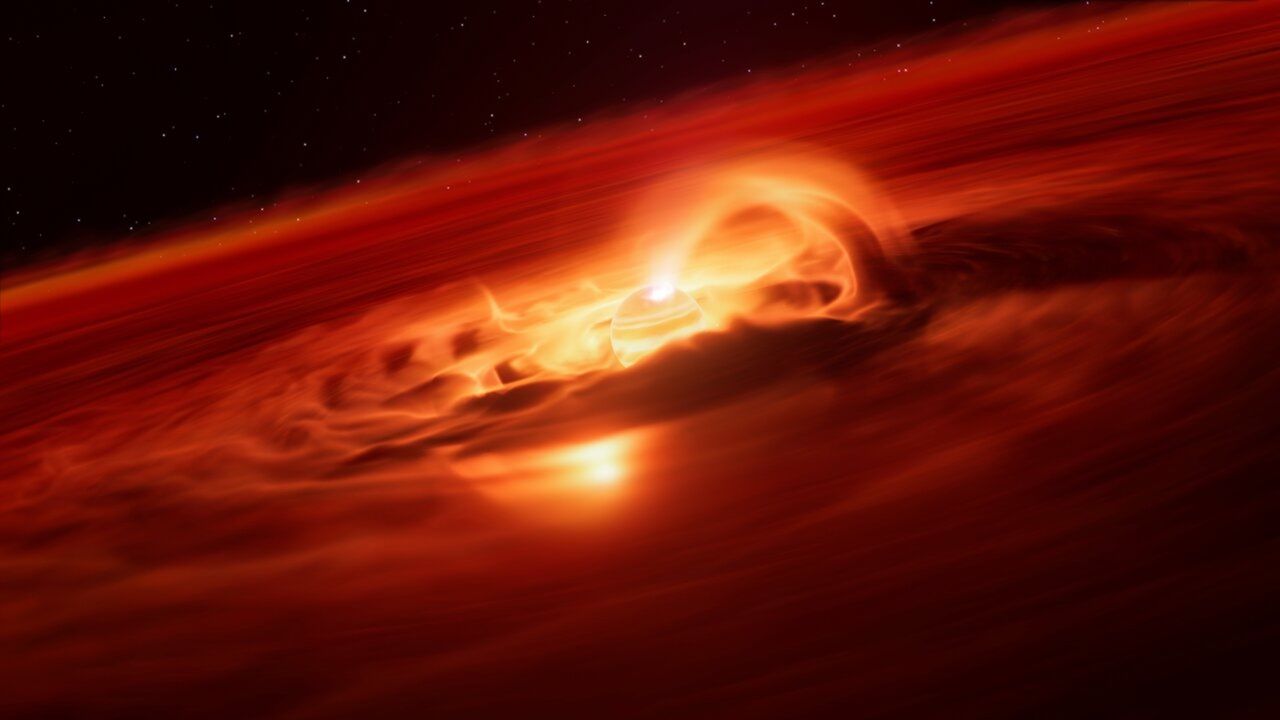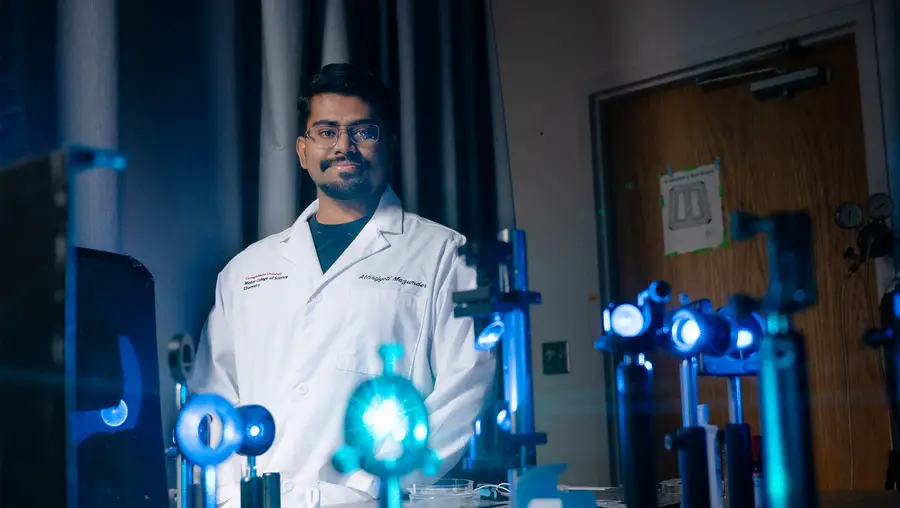Astronomers have identified a remarkable “rogue” planet, designated as Cha 1107-7626, that is consuming gas and dust at an unprecedented rate. This free-floating planet, which does not orbit any star, is reportedly accreting matter at a staggering peak rate of 6.6 billion tons (6 billion metric tons) per second. Observations were conducted using the Very Large Telescope (VLT) in Chile and the James Webb Space Telescope (JWST). The findings were published on October 2, 2023, in The Astrophysical Journal Letters.
The rapid growth of Cha 1107-7626 raises intriguing questions about the nature of such celestial objects. Lead study author Víctor Almendros-Abad, an astronomer at the Palermo Astronomical Observatory in Italy, emphasized the significance of understanding whether these planets are remnants of former planetary systems or if they formed independently from molecular cloud material, similar to stars.
The astronomers observed what they termed an “accretion burst,” a phenomenon where a planet suddenly increases its intake of surrounding gas and dust. Although Cha 1107-7626 is continuously accreting material, the study revealed that this rate fluctuates dramatically. In August 2025, the planet was found to be accreting eight times faster than just a few months prior.
Implications for Planetary and Stellar Formation
These accretion bursts suggest that rogue planets may share similarities with young stars, as such bursts have been documented in stellar environments. Yet, the smaller size of rogue planets complicates the understanding of their formation pathways. Co-author Alexander Scholz, a professor of astrophysics at the University of St. Andrews in Scotland, noted that while accretion bursts have been recognized since the late 1930s, their role in star assembly is still being explored.
Scholz pointed out that the effects of these bursts could influence the chemistry of meteorites within our own solar system, indicating a broader impact on planetary formation. He stated, “It is not clear if bursts happen to all young stars, and what triggers them. The discovery of a similar event in a planetary-mass object may be a clue that there is a universal mechanism behind accretion bursts.”
Future Research and Discoveries
Recent advancements in technology, particularly with the JWST, have allowed scientists to spot a growing number of rogue planets. In a recent survey, over 500 rogue worlds were identified within a trapezoidal area of the Orion Nebula, a region known for star formation. Despite these discoveries, locating rogue planets remains challenging due to their low visibility, as they predominantly emit infrared light.
Almendros-Abad expressed hope that both the VLT and JWST could conduct further observations of rogue planets to clarify whether they form similarly to stars or planets. He added, “One of the next steps is to understand how common these types of events are in rogue planets. This will tell us how important accretion events are in their evolution.”
As research continues, the findings surrounding Cha 1107-7626 may provide crucial insights into the complex processes that govern planetary and stellar development, potentially reshaping our understanding of the universe.







